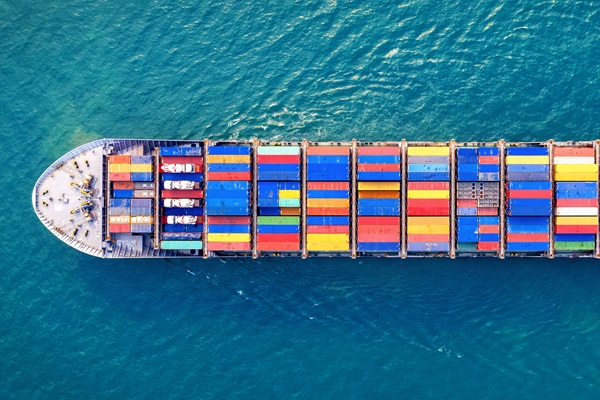In international trade, especially in maritime transport, one of the key documents is the Bill of Lading (BL), which grants the holder rights over the merchandise and confirms it has been loaded onto a specific vessel. However, modern logistics have evolved to offer alternatives that streamline and simplify processes. One such option is the Telex Release, an especially useful choice for those looking for speed and cost savings in managing their imports and exports.
At Bull Importer, we understand the importance of choosing the right method to release cargo efficiently and economically. Here we explain what the Telex Release is, how it works, and what advantages it offers over other types of cargo release.
What is Telex Release?
The Telex Release (TR) is a digital variant of the Bill of Lading that allows the release of goods without the need to present the original physical document at the destination port. This method is widely used in current maritime trade, as it meets the need to expedite delivery procedures, saving time and costs.
In simple terms, the Telex Release is an authorization sent electronically to the destination port, indicating that the importer can claim the goods without presenting the original paper BL. This alternative is highly valuable for those seeking a quick and effective solution for the delivery of their products, especially in international operations involving tight schedules and long distances.
How Does Telex Release Work?
The process of requesting and using a Telex Release is straightforward and involves several key steps:
1. Issuance of the Original Bill of Lading
Initially, the carrier issues an original BL when the goods are loaded onto the vessel. This document usually includes detailed information about the shipment and serves as the basis for requesting the Telex Release.
2. Request for Telex Release
If both the exporter and importer agree, the exporter can request that the carrier sends a Telex Release instead of physically sending the original BL to the importer.
3. Release Notification at the Destination Port
The carrier or their agent sends an electronic notification to the destination port and relevant agents, indicating that the goods can be delivered to the importer without the need for the physical document.
4. Cargo Release
With the Telex Release, the importer can claim the goods at customs and proceed with their clearance without waiting for the arrival of the original physical document.
At Bull Importer, we coordinate all these steps with the shipping line, ensuring the process is carried out securely and efficiently. This allows your goods to be available as quickly as possible, without complications or delays.
Advantages of Telex Release in Maritime Transport
Telex Release has become a popular option due to its numerous advantages:
Speed and Convenience
Since it doesn’t require the physical document, cargo release times are significantly reduced, avoiding the risk of goods being held at customs.
Cost Reduction
This method avoids the costs associated with sending the original BL via international courier services, providing significant savings on each operation.
Improved Customs Efficiency
With Telex Release, the customs process is expedited because the digital documentation facilitates the review and release of goods, reducing wait times and potential issues.
If you’re looking to optimize your imports, Bull Importer can help you take advantage of the benefits of Telex Release and manage all necessary documentation so your goods reach their destination as quickly and cost-effectively as possible.
Comparison between Telex Release and Original Bill of Lading
It’s important to understand the differences between Telex Release and the use of the Original Bill of Lading. Both documents allow the release of goods, but each suits specific situations:
Original Bill of Lading
This is the traditional and most secure method since it requires presenting the physical document at the destination port for cargo delivery. The original BL is often preferred in transactions where there’s less trust between the exporter and importer, or when payment is not yet secured.
Telex Release
This digital option allows the release of goods without the physical document, ideal for trusted business relationships or when speed is a priority. It is a more agile and economical option, recommended in operations where the exporter has secured payment or has a trusting relationship with the importer.
To choose the best method, our team at Bull Importer analyzes each case and advises you based on the specifics of your operation, helping you reduce costs and maximize efficiency.
Differences between Telex Release and Express Release
In addition to the Telex Release, there is the Express Release, which may seem similar but has its own characteristics:
Express Release
Unlike Telex Release, Express Release doesn’t require an original or physical Bill of Lading. This is the fastest release type but is recommended only in cases where there is absolute trust between parties, as it offers less protection for the exporter. It is often used in internal shipments between subsidiaries or in humanitarian operations.
Telex Release
Although also digital, Telex Release is based on an original BL issued at origin and requires the specific authorization of the carrier for release. This option still provides greater security and control compared to Express Release.
At Bull Importer, we help you identify the most suitable release type for each case, aiming to protect your business interests and speed up the delivery of your goods.
Recommendations for Choosing the Right Release Type
When deciding between Telex Release, Original Bill of Lading, and Express Release, consider the following factors:
Trust with Client or Supplier
If the business relationship is solid and both parties are confident in the payment terms, Telex Release can be an excellent option to expedite the process.
Need for Speed
In urgent shipments, both Telex and Express Releases offer advantages, but Express Release requires greater trust.
Security and Control
In higher-risk transactions, the Original Bill of Lading offers more protection since the cargo is only released with the physical document.
Bull Importer is here to guide you every step of the import process. If you need help defining the release method that best suits your business, contact us. Our team of international trade experts can help simplify the logistics of your operation and ensure compliance with all regulations.
Telex Release is a key tool in international trade, allowing cargo to be released quickly and economically without physical documents. This option, along with the original BL and Express Release, is among the solutions Bull Importer offers to facilitate your imports.
Choosing the right release method depends on various factors, from the level of trust between exporter and importer to the required delivery times. At Bull Importer, we have the experience and knowledge to help you make the best decision, saving costs and ensuring your goods reach their destination without issues.
If you need personalized advice to manage your imports or want to explore options to optimize your logistics operations, don’t hesitate to contact us! We’re here to assist you every step of the way.
Frequently Asked Questions about Telex Release
Is Telex Release safe for all operations?
Telex Release is safe as long as there is a relationship of trust between the exporter and importer, and payment is secured. Although it is a safe option in many cases, its use depends on both parties agreeing to this method and trusting the integrity of the digital process. If your commercial operation requires greater protection of rights over the goods, an original Bill of Lading may offer more guarantees. At Bull Importer, we can help you evaluate which method is best suited for each operation.
How long does the Telex Release process take?
The Telex Release process is much faster than that of an original Bill of Lading, as it eliminates the time involved in physically sending documents. In most cases, Telex Release is handled immediately or within hours once requested, allowing goods to be available at the destination port almost instantly. At Bull Importer, we coordinate these processes to ensure release is done without delays.
What are the costs associated with Telex Release compared to the original BL?
Opting for Telex Release generally involves lower costs than the original Bill of Lading, as it eliminates physical document mailing expenses, which can be significant in international operations. However, some carriers charge a fee for the Telex Release service, although it’s typically lower than the cost of physical mailing. At Bull Importer, we can advise you on specific costs and help you choose the most cost-effective option for your operation.
What happens if a physical document is needed after a Telex Release?
Once a Telex Release is issued, a physical document is generally not required for cargo release at the destination. However, in special cases or at the request of authorities, an original Bill of Lading copy may be required. It’s essential to plan well with your logistics agent, like Bull Importer, to avoid surprises. If needed, we can help you efficiently manage any additional documentation.
What risks exist when using Express Release?
Express Release, while the fastest and most economical method for cargo release, poses higher security risks as it does not generate an original Bill of Lading or any physical document. This means the exporter has less protection, so this method is only recommended in cases where there is total trust between parties, such as intra-company shipments. If you have doubts about when it is safe to opt for an Express Release, Bull Importer can help you assess the level of risk and choose the most appropriate option.




